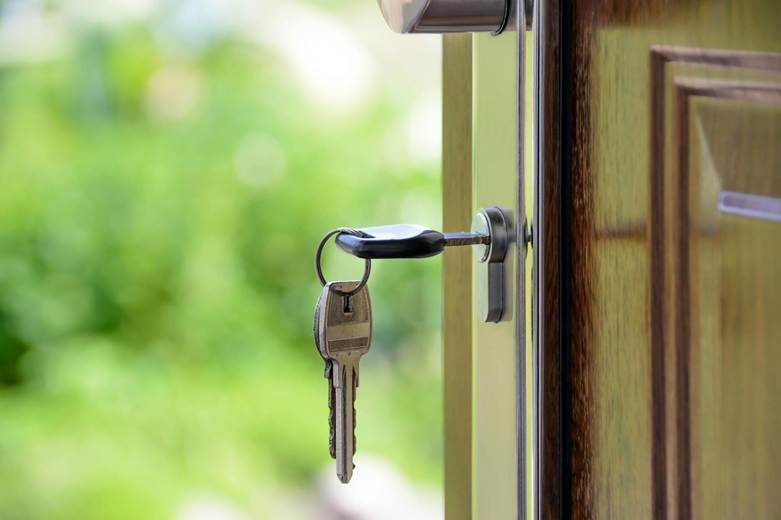Exterior damage to properties can be a silent but financially draining issue for property managers. From cracked siding and worn-out roofs to faulty drainage and landscaping mishaps, minor exterior neglect can quickly snowball into expensive repairs and structural threats. A proactive approach is key, and identifying risks early, maintaining structures seasonally, and enforcing strict inspection routines can save thousands of dollars in the long run. Whether managing a single residential complex or an entire portfolio of commercial properties, understanding how to prevent exterior damage is essential. This blog explores practical, actionable ways property managers can protect their buildings from costly damage, maintain safety, appearance, and long-term value.

Conduct Routine Exterior Inspections
One of the most effective strategies to prevent costly damage is conducting routine exterior inspections. These inspections should be scheduled at least twice a year, preferably in spring and fall, with additional checks after severe weather events. Key focus areas include siding, roofing, gutters, windows, doors, and the foundation. Look for signs of cracking, peeling paint, water damage, or loose materials that might signal underlying issues. Using a standardized checklist can help property managers stay consistent and thorough. Early detection of problems such as small leaks, pest infestations, or vegetation encroachment allows for timely, inexpensive repairs instead of major, costly overhauls later.
Maintain and Repair Roofing Systems
The roof is one of the most exposed and vulnerable parts of a property, and failing to maintain it properly can lead to severe consequences. Water intrusion from damaged shingles or flashing can result in mold, insulation damage, and rotting wood. Property managers should work with a trusted local roofing contractor to perform annual roof assessments, especially in regions prone to extreme weather. Clean out debris from flat roofs and check for pooling water or blocked drainage. Implementing a preventive maintenance plan that includes patching small leaks, replacing damaged tiles, and resealing flashing helps extend the roof’s lifespan and reduces the risk of emergency repairs.
Ensure Proper Drainage and Gutter Functionality
Improper water drainage is a leading cause of exterior damage. When gutters clog or downspouts are misaligned, water overflows and accumulates near the foundation, leading to erosion, cracks, and basement flooding. Property managers must regularly clean gutters, ideally in late fall and early spring, to prevent blockages from leaves and debris. Installing gutter guards or leaf screens can minimize maintenance efforts. Downspouts should channel water at least five feet away from the building using extensions or splash blocks. Inspecting the property’s grading and ensuring that the landscape slopes away from the structure will help manage runoff effectively and reduce long-term water damage.
Invest in Quality Exterior Paint and Siding
Paint and siding act as the first line of defense against weather elements like rain, UV rays, and fluctuating temperatures. Low-quality materials or neglected finishes can deteriorate quickly, allowing moisture to penetrate and cause internal structural damage. Property managers should prioritize using high-grade, weather-resistant paint and siding materials suited for the local climate. Routine repainting, typically every five to seven years, depending on exposure and product type, helps maintain curb appeal and protective integrity. Power washing exterior surfaces annually can also remove mildew, dirt, and pollutants that degrade materials. By staying on top of these details, managers can avoid costly repairs caused by weather exposure and aesthetic neglect.
Implement Seasonal Landscaping Best Practices
Poor landscaping choices can lead to structural exterior issues if not managed properly. Trees with invasive roots planted too close to buildings can damage foundations, sidewalks, and underground utilities. Overgrown shrubs may block vents or trap moisture against siding, encouraging mold growth. Property managers should work with professional landscapers to plan and maintain green spaces with consideration for safety and long-term structural health. This includes trimming trees and bushes away from buildings, choosing non-invasive plant species, and ensuring irrigation systems are not oversaturating the soil near the foundation. Seasonal landscaping upkeep enhances property value and prevents nature from becoming a liability.
Prepare for Seasonal Weather Conditions
Different seasons bring different risks, and being unprepared can be costly. Winter months pose threats like ice damming, frozen pipes, and roof stress from snow accumulation. Spring and summer can bring heavy rains, windstorms, and heat-related material degradation. Property managers should develop a seasonal maintenance schedule tailored to their specific region. This might include sealing cracks before winter, removing snow from roofs, checking HVAC units before summer heat waves, or trimming trees ahead of storm season. Keeping a well-stocked emergency repair kit and having vendor contacts on hand ensures quick responses when issues do arise. Preparing in advance drastically reduces the financial and operational impact of seasonal damage.

Preventing exterior damage requires diligence, a keen eye for detail, and a commitment to proactive maintenance. Property managers who prioritize regular inspections, invest in quality materials, and tailor upkeep to seasonal risks will protect their assets more effectively and avoid the financial burden of reactive repairs. They can extend the lifespan of building exteriors and maintain tenant satisfaction and property value, key goals for any successful property management strategy.









